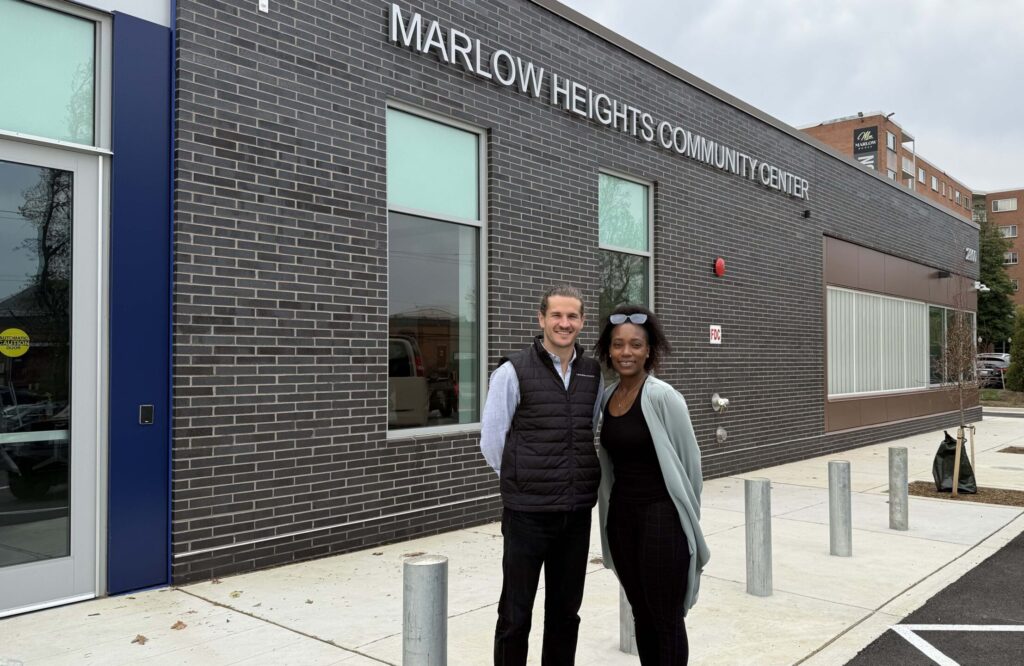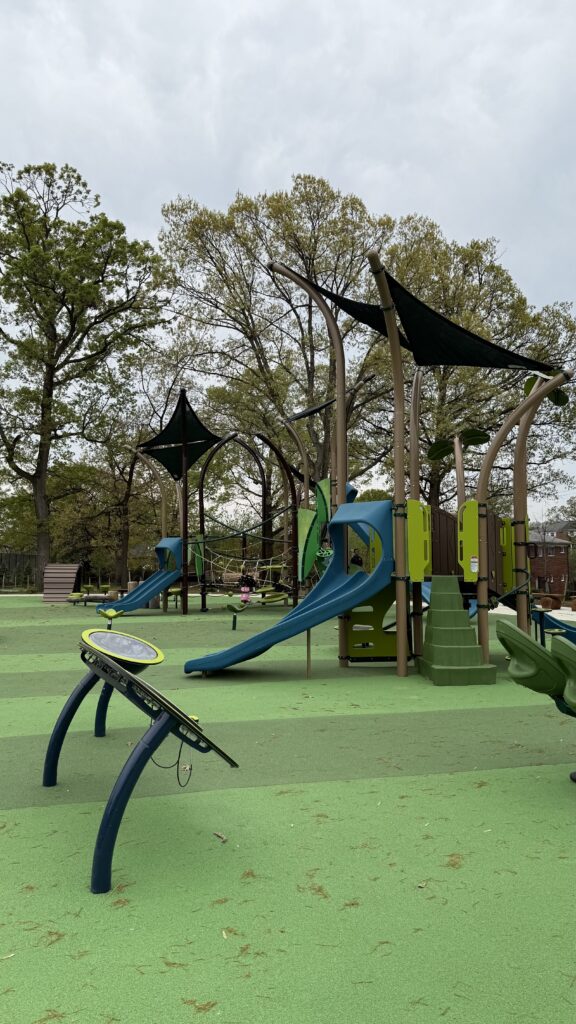On Saturday, April 19, residents of Prince George’s County gathered to celebrate the grand reopening of the Marlow Heights Community Center—a long-awaited moment for one of the region’s most underserved neighborhoods. The ribbon-cutting ceremony marked the official debut of a fully reimagined, 20,000-square-foot facility designed to serve the area’s growing and evolving needs.

With modern amenities, flexible community spaces, and a thoughtful design that honors both seniors and youth, the new center is a major step forward for a community that had been relying on a decades-old building from the late 1960s. The new facility replaces the original 12,000-square-foot structure with one that is brighter, larger, and built to reflect today’s families and lifestyles.
One of the most forward-looking features of the new center is the addition of universal restrooms—fully enclosed toilet stalls with shared sink areas, accessible to people of all genders and family structures. This inclusive design enhances dignity, safety, and usability for a wide range of visitors, including grandparents caring for children and adults assisting loved ones with disabilities. The restrooms also offered a creative solution to space and budget constraints, reducing the number of plumbing fixtures, finishes, and overall square footage needed.

B&D, which served as owner’s representative for Maryland-National Capital Park and Planning Commission throughout the project, played a central role in translating vision into reality. B&D worked closely with the design team to address early concerns about universal restrooms—offering best-practice case studies, privacy strategies, and active community engagement to ensure buy-in from stakeholders.
“Universal restrooms at Marlow Heights reflect a smart, sensitive response to both practical constraints and community needs,” said B&D Project Manager Ryne Ferguson. “We’re proud to have helped deliver a solution that not only fits the budget, but elevates the center as a model for inclusive, forward-looking community design.”
What began with an outdated feasibility study, an obsolete budget, and pandemic-era uncertainty is now being celebrated as a powerful example of community-centered reinvestment—with universal design as a core value.
Want to see more from Ribbon Cutting Day? Click here to view our Instagram Reel!